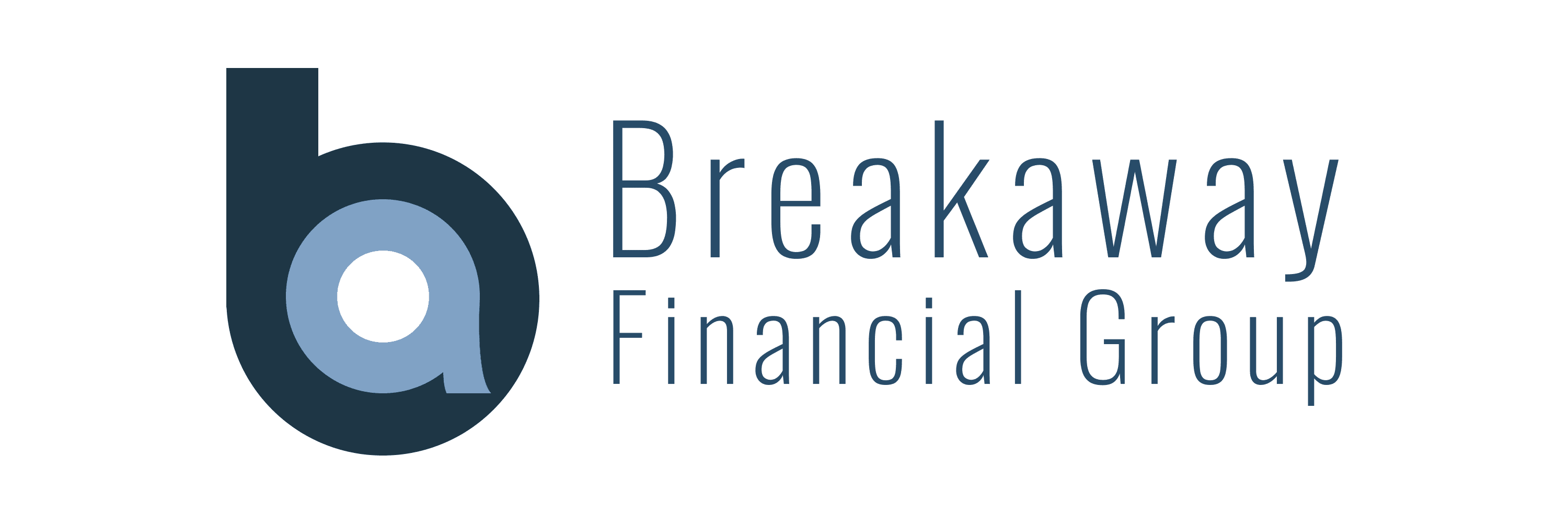Are you tired of wondering where your money goes each month? Do you dream of financial freedom but don’t know where to start? This blog post will give you a fresh perspective on saving money and a roadmap to help you achieve your financial goals. You’ll learn investment tips on how to set clear investment goals, optimize your cash flow, choose the right investment account, and more! So, let’s dive in and start building the financial future you deserve.
Key Takeaways
- Set achievable short, mid & long-term goals to stay motivated and focused on your financial journey.
- Optimize cash flow by automating transfers and creating a budget for maximum potential savings.
- Develop patience & discipline in finances to grow wealth successfully!
Setting Clear Investment Goals

Having well-defined investment goals is vital as they keep you motivated and focused on your financial journey while enabling proper prioritization and allocation of resources.
Whether you aim to establish an emergency fund, accumulate a down payment, or initiate retirement investments, a clear vision of your objectives will steer your decision-making and aid in maintaining your course.
Short-term goals
Short-term goals typically take less than five years to achieve and are all about planning and ensuring you’re prepared for the future. Examples include building an emergency savings fund or saving for a specific purchase, like a new car or a dream vacation.
Opting for bank accounts, including savings accounts, at a bank or credit union, such as those insured by the Federal Deposit Insurance Corporation (FDIC), is an excellent way to ensure your money is safe and accessible when you need it for short-term goals or investing in a money market.
Mid-term goals
Mid-term goals, which are between five and ten years away, can help you stay on track with your investments by providing a sense of direction and purpose. Examples include saving for a down payment on a house or starting a business.
When setting mid-term goals, it is important to be realistic and set achievable goals that you can work towards. Balancing saving and investing is key to achieving mid-term goals, so consider options like low-cost index funds and diversifying your portfolio.
Long-term goals
Long-term goals, which take more than ten years to achieve, involve major life plans such as retirement planning and wealth accumulation. By focusing on long-term investment goals, you ensure that your money is working for you over time rather than sitting idle in a low-interest savings account.
Matching your investments to your long-term goals, considering your time frame and risk tolerance, will set you up for success in the future.
Optimize your Cash Flow

Maximizing your money’s potential requires cash flow optimization and allocating funds into various investment buckets tailored to your goals and priorities. Automating your cash flow, such as setting up automatic transfers from your checking account to savings and investment accounts, can ensure consistency and discipline in your savings habits.
Creating a budget and tracking your spending can help you identify areas where you can save money and focus on saving money for the future.
Create investment buckets – Be Intentional about Your Savings
Investment buckets can help you maximize your savings and retirement portfolio by dividing it into different categories or buckets based on your investment goals and time horizons. Each bucket is invested differently to meet specific financial needs.
For instance, you could assign 10% of your savings to a short-term goal, 20% to a mid-term goal, and 70% to a long-term goal. This intentional approach to saving helps you stay focused on your goals and ensure you reach them.
Automate your Cash Flow
Automating your cash flow by setting up automatic transfers from your checking account to your savings or investment accounts ensures consistency and discipline in your savings habits and helps you “pay yourself first.”
This means that a portion is automatically allocated toward your financial goals before spending money on current expenses, ensuring that you prioritize saving and investing for your future.
Choosing the Right Investment Account

Factors like liquidity requirements, tax efficiency, and retirement planning considerations are paramount in choosing an appropriate investment account. Some accounts offer more flexibility, while others provide tax advantages that can help you save more in the long run.
By understanding the pros and cons of different investment accounts, you can make an informed decision and optimize your investments for your unique financial goals.
Liquidity vs. Tax Efficiency
Liquidity refers to the ease with which an asset or security can be converted into cash without affecting its market price, while tax efficiency ensures that you’re getting the most out of your investments by minimizing the amount of taxes paid on your gains.
When choosing an investment account, weighing the benefits of liquidity and tax efficiency is essential, considering factors such as withdrawal penalties and tax implications.
Traditional Retirement Accounts vs. Roth
Traditional retirement accounts, such as traditional IRAs, offer tax advantages like pre-tax contributions and tax-deferred growth on your earnings until you withdraw them during retirement.
On the other hand, Roth accounts provide after-tax contributions that can grow tax-free and be withdrawn tax-free during retirement. Understanding the differences and benefits of each type of account can help you make informed decisions about your retirement savings strategy and select the right account for your financial goals.
Diversifying Your Portfolio

A well-diversified portfolio can significantly reduce risk and maximize returns by investing in a mix of uncorrelated assets or low correlation. This means that when one investment performs poorly, others may perform well, providing a cushion against market volatility and reducing overall portfolio risk.
Diversification requires a thoughtful investment strategy considering different asset classes, sectors, and regions.
How to create a portfolio
Creating a diversified portfolio involves investing in a variety of asset classes, such as:
- Stocks
- Bonds
- Real estate
- Cash equivalents
By spreading your investments across different assets, you can minimize risk while maximizing returns.
As you gain experience and confidence in investing, you can further diversify your portfolio by exploring other investment vehicles, such as mutual funds, exchange-traded funds (ETFs), and real estate investment trusts (REITs).
What are uncorrelated assets
Uncorrelated assets do not move in tandem with each other, providing a cushion against market volatility and reducing overall portfolio risk. Examples of uncorrelated assets include:
- Stocks
- Bonds
- Real estate
- Cash equivalents
By incorporating uncorrelated assets into your portfolio, you can mitigate the impact of market fluctuations on your investments and optimize your risk-return profile.
Understanding Investment Costs

The impact of investment costs on your returns can be substantial. Therefore, understanding the fees, commissions, and expense ratios that come with diverse investment options is crucial.
While it’s crucial to minimize costs, there may be situations where higher fees are acceptable for certain services or products, provided that the value of the service or product offsets the additional cost.
The importance of lowering your investment cost
Lowering investment costs can help you maximize your long-term returns by reducing the money you pay in fees, commissions, and expense ratios. This means more money will be invested and working for you, compounding your returns.
When selecting investment options, be mindful of fees and look for opportunities to minimize costs without sacrificing the quality of the investment.
When it’s okay to pay higher fees
Higher fees may be justified for specialized investment products or professional advice to enhance your overall investment strategy, especially when dealing with high-interest debt. For example, paying higher fees for a financial advisor or a specialized mutual fund may be worthwhile if the additional cost, such as an annual management fee, is offset by the potential for higher returns or more comprehensive investment advice.
In such cases, it’s important to weigh the potential benefits against the costs and make an informed decision.
Monitoring Your Investments

To maintain alignment with your goals and risk tolerance, it’s vital to keep a regular check on your investments. By comparing their performance to a benchmark and adjusting as needed, you can stay on top of market trends and capitalize on new opportunities.
Remember, staying informed and proactive in managing your investments is key to achieving your financial goals.
Picking a benchmark
Choosing a benchmark that reflects your investment goals and risk tolerance is essential for evaluating the performance of your investments. Examples of benchmarks include broad market indices like the S&P 500, a tailored blend of indices, or sector-specific indices.
By selecting a suitable benchmark, you can track your portfolio’s performance and make informed decisions about adjustments and rebalancing.
How to monitor your portfolio
To monitor your portfolio effectively, follow these steps:
- Periodically review its performance.
- Compare it to your chosen benchmark.
- If your investments are underperforming or overexposed to certain risks, consider adjusting to rebalance your portfolio or capitalize on new opportunities.
By staying proactive and making informed decisions, you can ensure that your investments align with your financial goals and risk tolerance.
Adjusting Your Strategy as Life Changes

Life throws curveballs, and your investment strategy must be flexible enough to adapt to changing circumstances. Whether you experience a change in income, family situation, or financial goals, revisiting your financial plan and adjusting your investment strategy to ensure it remains aligned with your evolving needs and objectives is essential.
It’s important to review your investments regularly and ensure they align with your investment goals.
Create a financial plan
Developing a comprehensive financial plan that considers your:
- income
- expenses
- savings
- investments
- life goals
It is essential for guiding your financial journey. A well-crafted financial plan is a roadmap that helps you navigate your financial decisions and stay on track toward achieving your short- and long-term goals.
Be prepared to periodically revisit and update your financial plan to ensure it remains relevant and aligned with your changing circumstances.
Adjust your investment when needed
Adjusting your investment strategy as needed in response to life events, market conditions, or changes in your financial goals is crucial for staying on track. Regularly reviewing your financial plan and making necessary adjustments can help you:
- Capitalize on new opportunities
- Ensure that your investments continue to work for you
- Adapt to changes in your financial situation
- Achieve your long-term financial goals
Whatever life throws your way, staying proactive and flexible with your investment strategy is key to financial success.
Practicing Patience and Discipline

Patience and discipline are required in your investment approach to reach your financial goals. By avoiding impulsive decisions and staying focused on your long-term objectives, you can navigate market fluctuations and grow wealth over time.
Cultivating patience and discipline in your financial decisions involves:
- Setting clear investment goals
- Optimizing your cash flow
- Selecting the right investment account
- Diversifying your portfolio
- Understanding investment costs
- Tracking your investments
- Adjusting your strategy as life evolves
Summary
In conclusion, saving money and reaching your financial goals is a journey that requires planning, patience, and discipline. By setting clear investment goals, optimizing your cash flow, diversifying your portfolio, and adjusting your strategy as life changes, you can achieve financial freedom and live the life you’ve always dreamed of. Remember, the key to success is staying focused on your long-term objectives and continuously learning and adapting to new challenges and opportunities.
Frequently Asked Questions
How to make $1,000 a month investing?
Invest in 30 stocks, each taking up at least 3.33% of your portfolio, to make $1,000 monthly in dividend income.
Start investing now to reap the rewards.
How do you invest $10,000 to make money?
If you have $10,000 to invest, you can spread your money across multiple investment types, such as mutual funds, stocks, ETFs, real estate, bonds, and retirement accounts.
Get expert advice from a financial advisor to help you decide which investments are right for you and your financial goals.
What is the 5 rule of investing?
The five percent rule is a key investing principle that suggests not investing more than five percent of one’s portfolio funds into any security or investment.
This 5% policy rule helps investors manage risk and apply proceed sales.
What is the best way to invest $5,000?
Investing your $5,000 wisely involves spreading it across various financial instruments like stocks, bonds, ETFs, REITs, CDs, and index funds. You can invest it as a lump sum or opt for dollar-cost averaging.
Furthermore, you can look into specific products such as target-date funds, Treasury bills, certificates of deposits, money market funds, and Nasdaq-100 index funds for higher returns.
Is it better to save or invest?
Savings should come first to cover expenses during an unforeseen event, but investing your cash offers the potential for much higher returns.
Prioritize saving over investing if you don’t have an emergency fund or need the cash within the next few years; otherwise, investing can generate much higher returns.





